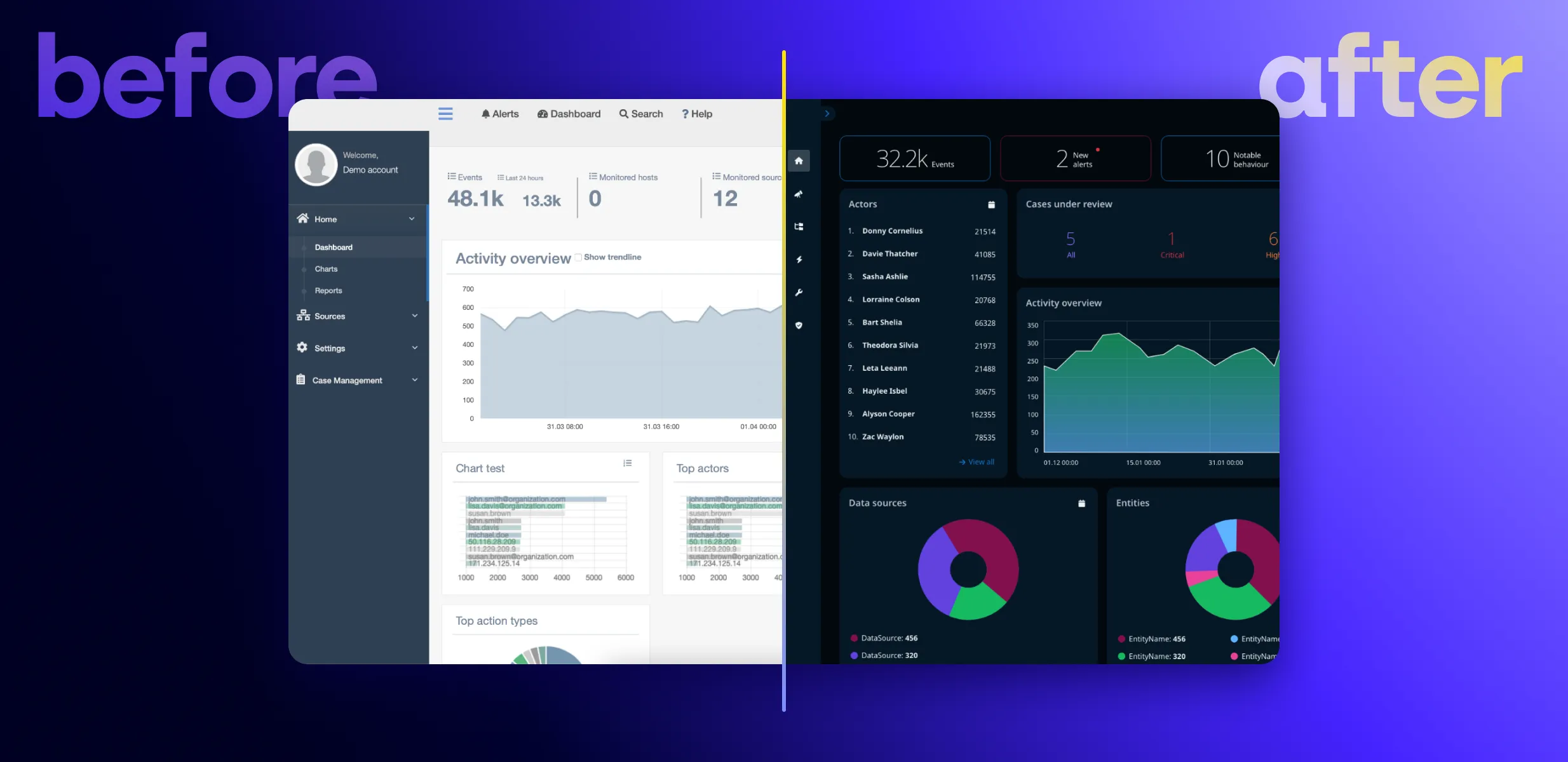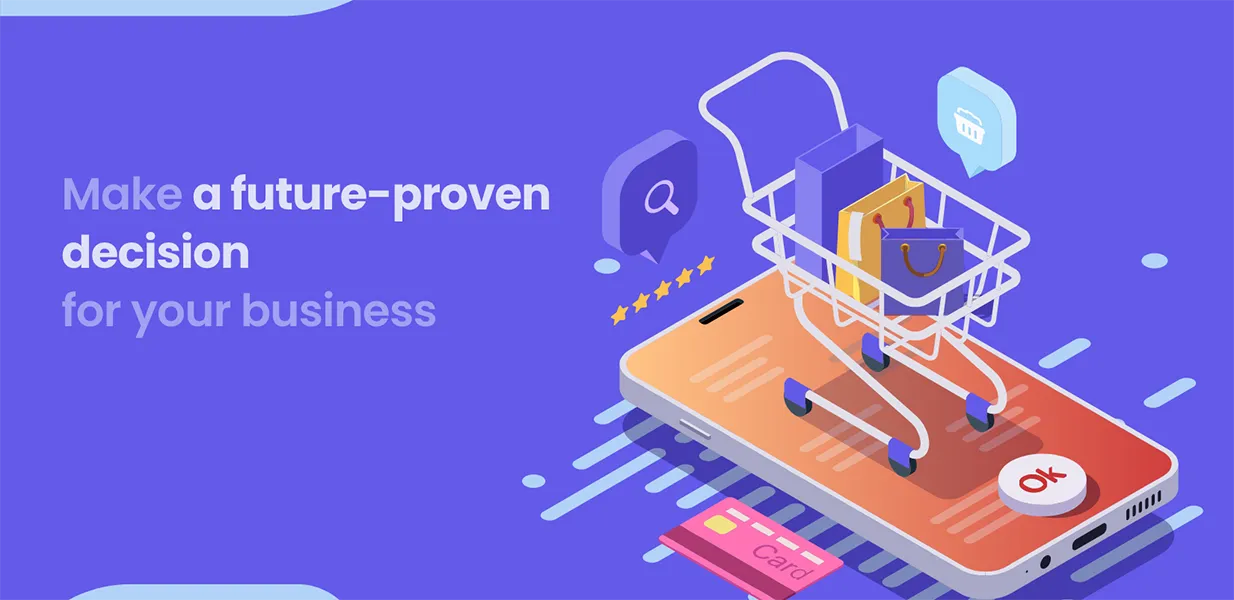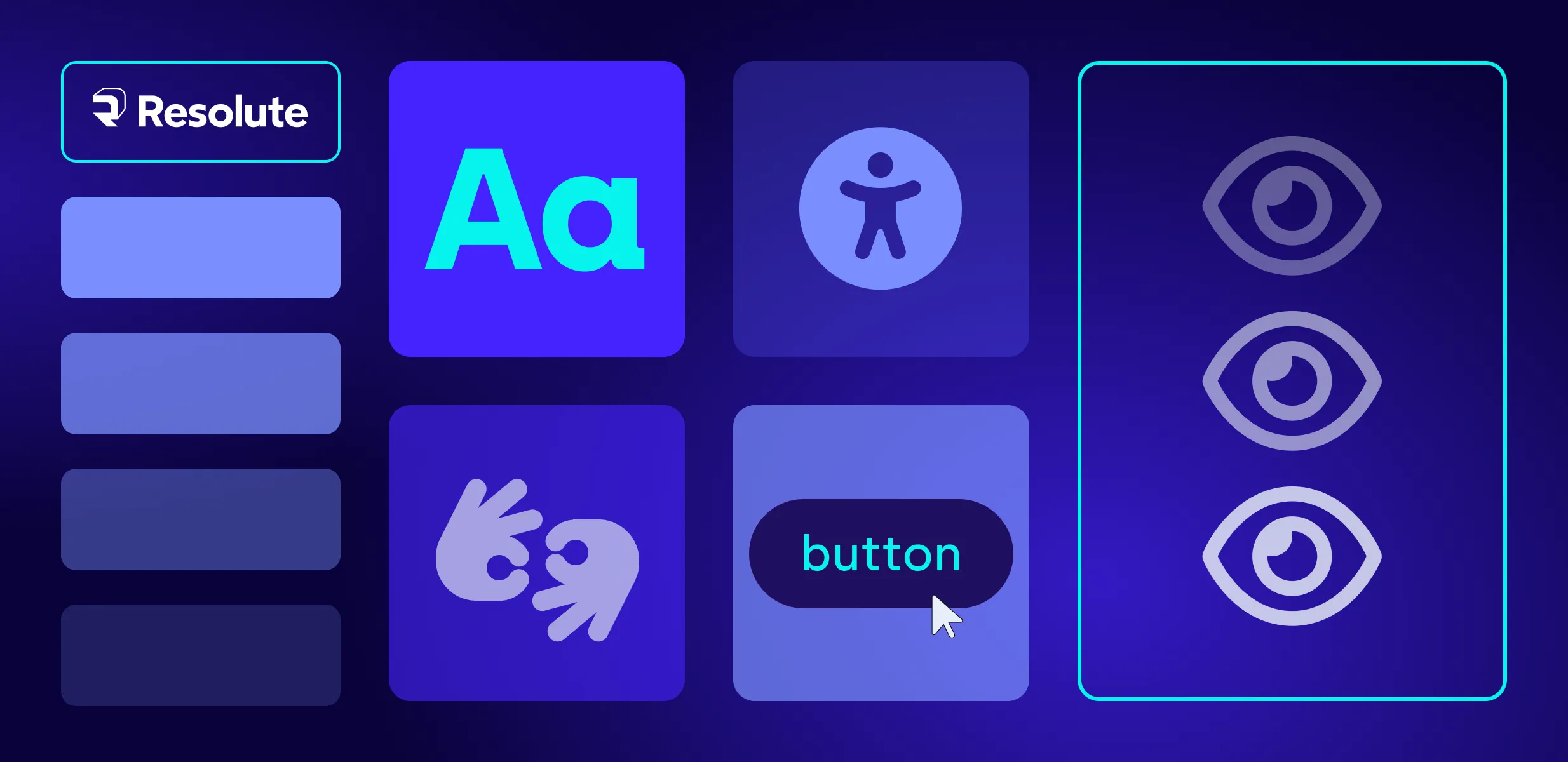
The 8 e-commerce insights for 2022

March 2020 drove an unprecedented boom in e-commerce which accelerated online shopping adoption with 5-10 years overnight. Two years later, the trend is on the rise, but businesses are increasingly looking for ways to sustain the momentum and keep their cutting edge. Topics such as finding a differentiator, flexibility in the business model, improved customer experience, and future-proof platforms are getting a lot of interest. In the next lines, you can find the key insights we believe will drive the eCommerce space, all based on our experience with clients, building custom software solutions with a focus on great UX design for them. Read on.
1. Omnichannel browsing and shopping
Consumers are not ready yet to shop exclusively online. While the shift towards online shopping (including social media shopping) will likely remain, the desire for post-pandemic social interactions will probably drive people back to stores. The key for retailers here is to provide flexibility – make it easy to shop anywhere while keeping the same look and feel across channels. To achieve this, businesses need to understand the new consumer journeys and orchestrate them from digital to physical and back again while maintaining the same experience. Unifying the omnichannel experience will remain a challenge, although there are new ways of building ecommerce platforms that significantly help implementing the omnichannel strategy – such as going headless.
2. Future-proofing your e-commerce business by making it headless
Technology makes it possible that ecommerce platforms are created with an omnichannel strategy in mind - in a head-less way. In a nutshell, headless commerce is a solution that stores, manages, and delivers content without a front-end delivery layer. This means that your backend (your entire checkout, inventory, payments, compliance, subscriptions) is decoupled and removed by the front (or the “head”) and can work independently with any front-end attached via APIs. This approach greatly increases the speed of your website, provides unified customer experience all across touchpoints, ensures much quicker integration with third party platforms, and greatly facilitates omnichannel shopping. Moreover, this approach gives you a competitive edge by not relying on rigid legacy technologies that could paralyze your business. Our work with legacy systems has shown us the importance of modernizing in a timely manner and not waiting for events such as Covid19 to rush things out. There are many ways to reconsider the viability of your platform and take an informed decision if it’s the right time to modernize.
3. Creating a seamless customer experience
Mobile-first approach, one-click purchase, reliable and accurate search, quick and reliable delivery, there are various aspects to providing a seamless experience. To be successful in e-commerce, you need to think bigger than that. The core question retailers must ask themselves is what consumers really want at the end – a great experience with no distractions or delays, quick and easy, one that saves them time. This is what increases the conversion rate and helps build long-term relationships. As easy as it sounds, this is one of the most critical success factors for your eCommerce business, and we have often seen this fail due to undermined importance. Have an experienced UX team to help you structure this effort.
4. Supply chain issues shake up customer loyalty
According to McKinsey, over 60% of the consumers faced out of stocks in the past three months, and only 13% of them waited for the item to come back in stock. With ongoing shortages of raw materials and the rising inflation, we do not expect the issue to be solved soon. Businesses must find ways to plan the availability of their products better or solve the supply chain mess-up. However, they must also pay attention to solving all their internal IT problems (f.ex. getting real-time information on the product status that reflects what you have in the inventory system) and fix some internal processes (f.ex. informing people on the future availability of products by including a button for “email me when it’s back in stock”).
5. Flexibility in fulfillment
The pandemic world strengthened our perception of time and made it an even more valuable asset than before. The services that save us time and effort are treated with preference. In this context, it is essential to have more options for fulfillment of the goods you have ordered – via courier/physical shops/collection points – the closest and more convenient to you. Businesses can do this by integrating different options in their checkout.
6. Try it before you buy it
As we said before, the key to consumer satisfaction now is flexibility. Return policy included! More businesses find that returns can be a powerful competitive service differentiator. Offering the option to try something for a week or so and pay for your trial before buying it is considered more and more appealing.
7. Live shopping
Immensely popular in Asia, this trend is slowly ramping up in Europe. This is an event during which consumers can see the advantages of a product live, presented by a real person, and buy it at special offers during a limited period. It’s not surprising that these events are appealing to consumers, considering that customer reviews pages have been a central place of interest in websites for quite some time now.
8. Assisted shopping via AI
This trend is also slowly ramping up, saving people time by predicting their shopping behavior and suggesting suitable items based on their shopping/browsing history. Powered by AI, assisted shopping can become a powerful trend in the upcoming years, and we are yet to see the benefits this could bring.
Our team at Resolute Software enjoys the e-commerce space because it is constantly evolving, and the efforts there can be measured. Our expertise goes much beyond UX design, though. We can help you design, build and deliver custom software solutions that are future proven! Get in touch with us, and let’s see how we can help you!






